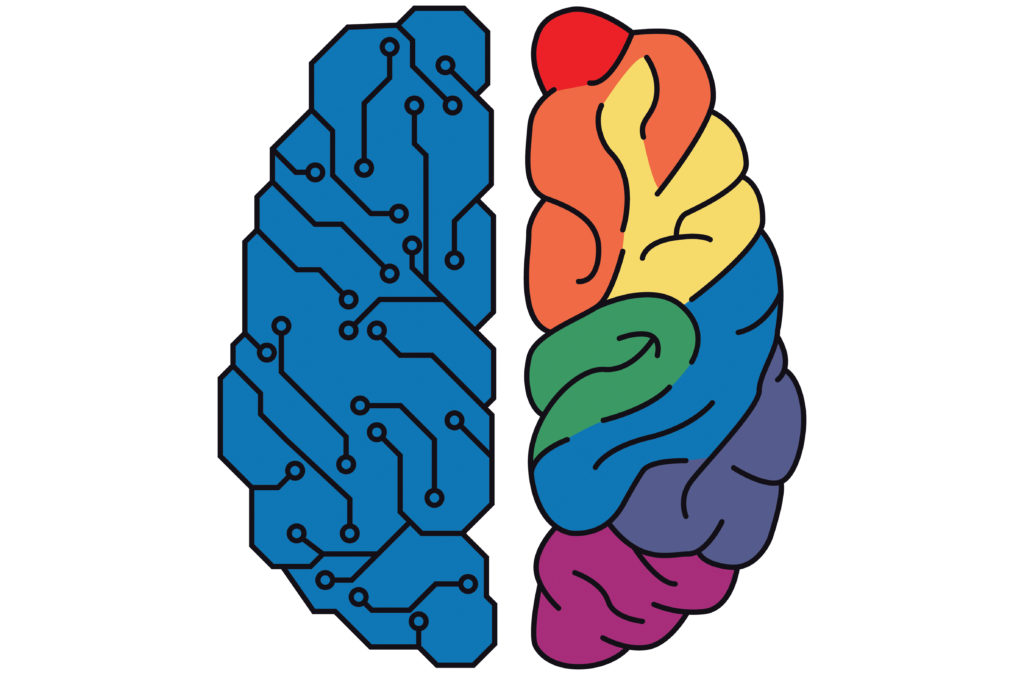Social Emotional Learning

There is a lot of talk in the world today about Social Emotional Learning or SEL, as well as social topics. We also see and hear from clients daily about their child’s behavior and the idea of the iceberg analogy when speaking about behavior. Here is an occupational therapist’s perspective about this topic.
Occupational therapy has always considered social emotional learning or emotional regulation skills in the work provided. It typically comes from a sensory processing viewpoint. Behavior is often treated with external methods and teaching to address both wanted and unwanted behaviors in children.
Social Emotional Learning Perspectives
Occupational therapists may choose to view social emotional learning from a psychosocial development perspective and use psychology and neurocognitive development to guide treatment approaches. This begins by meeting the child where they are in their development. This is where the iceberg analogy comes into play. An OT’s job is to look at the outward function of the child. Then they look below the surface to the possible reasons or causes leading to a disruption or difficulty experienced in the function.
The OT will look into how the child is learning, the environment, and their experiences in learning. OTs consider the foundation of their development. Looking into how the child feels and perceives their world helps in developing a treatment plan. Is the child experiencing the world from a heightened or depressed sensory world? How are they experiencing internal needs/desires? Does the child have strengths or weaknesses in cognitive learning? How can we help a child understand their role and purpose in situations? Social Emotional Learning models discuss self-awareness, self-management, and relationships.
How to Support These Areas
Self-awareness involves an understanding of self and how one feels about self. Is the child able to make the leaps that us adults and parents desire? Can the child learn and accept themselves individually? Once a child learns about emotions and feelings, they then can be more expected to flexibly change and be responsible for their behavior. This is less about teaching emotion and more about learning about individual emotions and how that sits in a person. It includes being uncomfortable and comfortable and observing that this is flexible. Self-awareness is a great foundational tool for cognitive development. In order to be able to form successful pathways and support emotional regulation, we need supportive self-awareness that is child led and then met from an adult.
Once self-awareness skills start emerging, self-management learning can begin. Again, using a development framework versus a specific behavior problem-solving framework works best here. Is the child able to make the best choices in situations based on their development and their awareness abilities? Using skills to support this learning is definitely needed. It is the first approach to looking at emotional regulation, also known as behavior. When behaviors are extensive and extreme, alternate approaches are also used but in conjunction with the first approach. As this learning develops, more support to relationships is introduced. Self-management draws on and allows for further cognitive development leading to what is sometimes coined as emotional intelligence.
From the get go, humans connect and need relationships.
Most of the children we see have difficulties forming and maintaining friendships. When approached with this difficulty, we draw on foundational skills. We work towards improving a child’s interactions in a variety of social situations. This includes working on friendships but mostly working on social perspective taking. How can a child use their individual strengths and weaknesses to be successful in relationships? Typically at this stage the child shows more integrated cognitive abilities. They are ready to meet age-expected challenges with improved performance.
OT is a great option for supporting, improving, and promoting social emotional learning. We use a variety of individually based activities and learning approaches to achieve outcomes for children and families. We have the knowledge to provide support to all children with or without specific mental health challenges. A mental health tier model can also guide interventions.
In addition, OTs have training in how to promote such learning in children with all levels of function. The framework discussed and a neurodiversity approach to intervention can be successful when working with children with autism. This framework is useful for children who struggle with learning. It is also useful with kids who have experienced a neurological trauma. Counseling may be beneficial in addition to OT. It is important to acknowledge that both have a purpose and place in working with children. OT is typically a more physically active treatment. It includes additional support for meeting functional outcomes with daily life activities and routines.
If you are seeking more information, MOSAIC’s occupational therapists can help. You can also check out the Mindsight Institute and a guhttps://mosaicrehabmt.com/pediatric-occupational-therapy/ide on how Occupational Therapists can promote mental health.
